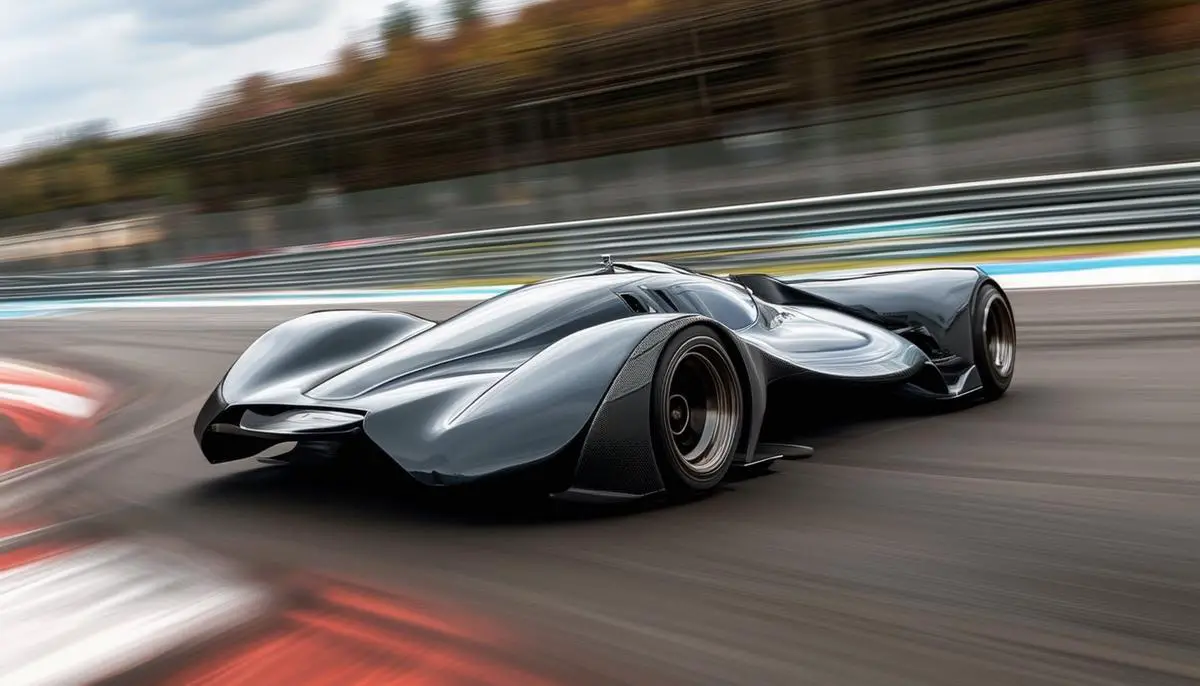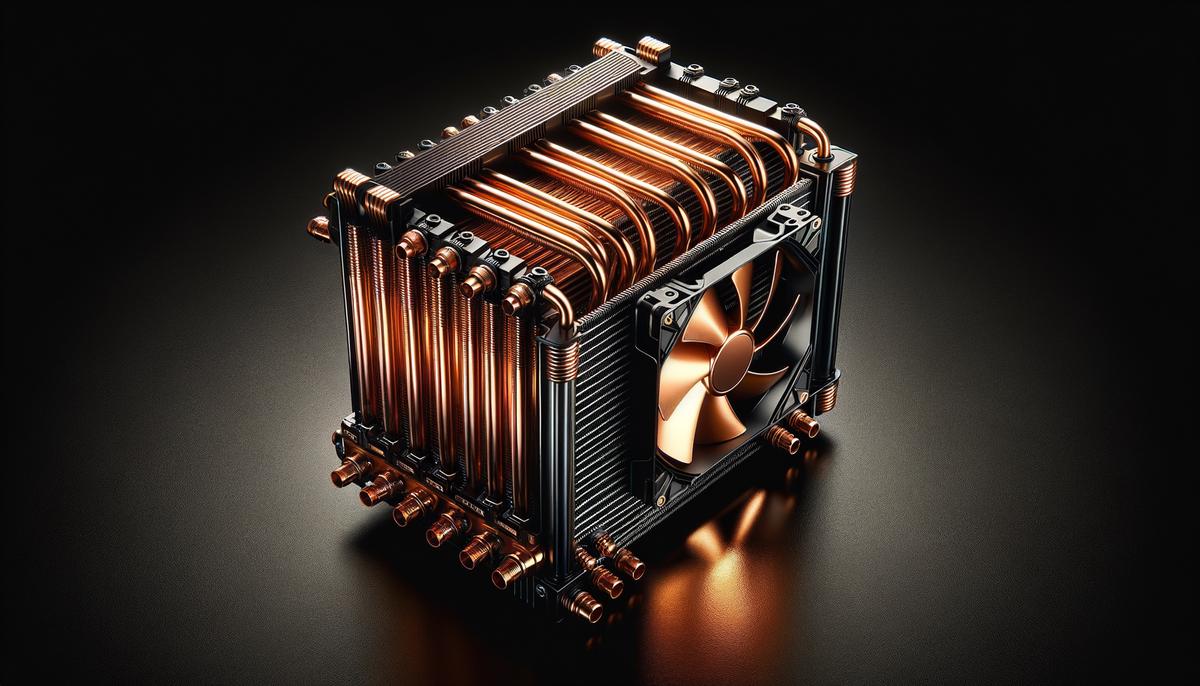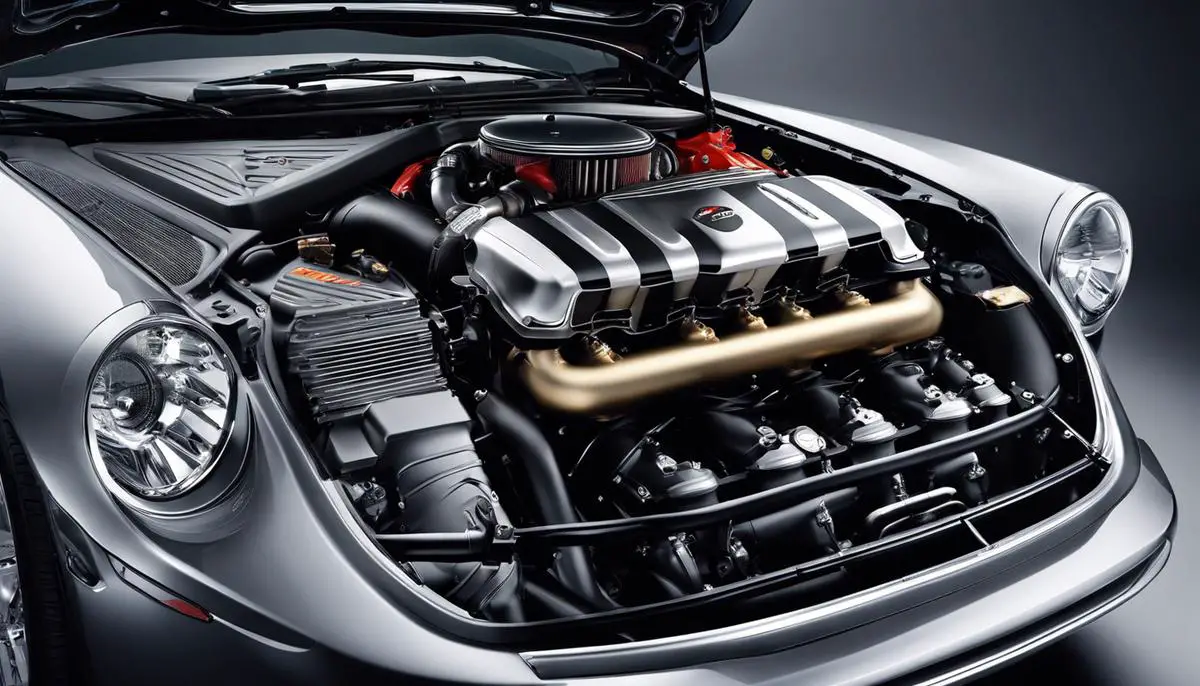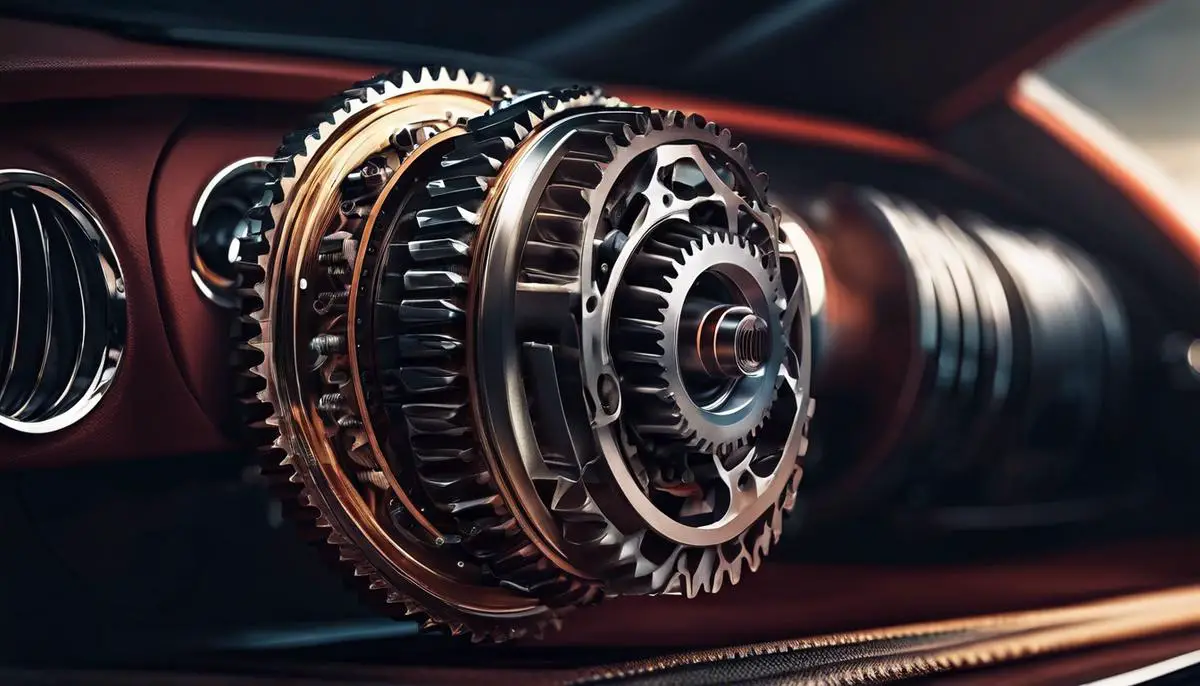Contents
Aerodynamics
Aerodynamics plays a vital part in a car's ability to achieve higher speeds. By precisely shaping the vehicle, including incorporating features like spoilers, diffusers, and air dams, manufacturers optimize a car's interaction with the air as it moves. These elements strategically manipulate airflow, minimizing drag—a force that opposes the vehicle's motion through the air.
Spoilers, mostly spotted on the rear of performance cars, are designed to reduce undesirable air movement around the vehicle. This not only reduces lift but also helps in maintaining stability at high speeds by pressing the vehicle downwards. The improved grip that results allows vehicles to handle cornering and high-speed maneuvers more securely.
Diffusers have their own role to play. Located under the rear bumper, a diffuser accelerates the air flowing beneath the vehicle, thereby reducing pressure and enhancing downforce. Such enhancements aren't just about keeping the car stable; they're crucial for achieving higher speeds while maintaining control.
Air dams perform a different function. Positioned at the front, they direct the flow of air from under the car, which decreases lift and drag simultaneously. The result? Smoother airflow and improved fuel efficiency, a bonus for those trying to increase speed without increasing power outputs.
While horsepower often gets the most attention when discussing speed, a car's exterior features like these show that raw power isn't everything. It's about finesse—shaping and guiding elements that align with forces of nature to extract maximum performance from a vehicle. Perfecting aerodynamic features is as important as boosting engine outputs when aiming to increase a car's maximum speed potential.
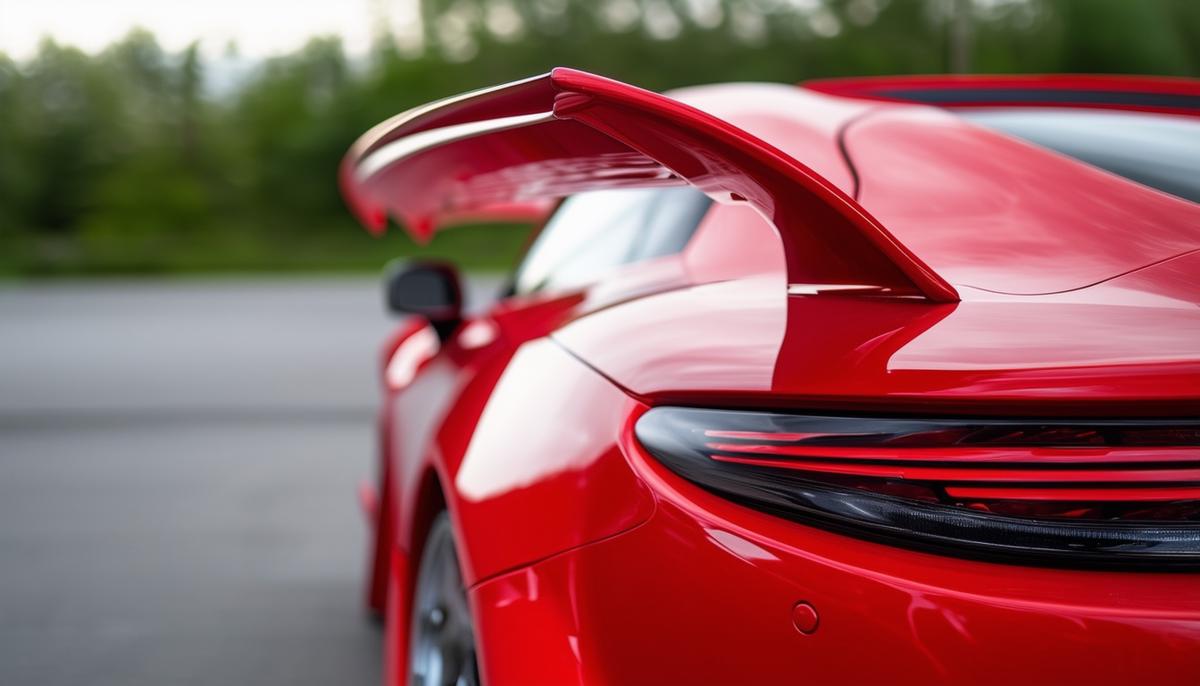
Power-to-Weight Ratio
The power-to-weight ratio is another critical factor in a vehicle's speed and acceleration. This ratio measures the power available for every pound of a car's mass, revealing the potential for rapid acceleration and high top speeds. A favorable power-to-weight ratio means that for every unit of weight, there is an abundance of power propelling it forward, reducing the drag of inertia and allowing for quicker speed increases.
To optimize this balance, manufacturers make careful decisions. Engine power can be enhanced by incorporating turbocharged or supercharged mechanisms that increase the force of each combustion cycle. However, it's also important to reduce the vehicle's weight. Modern automotive engineering utilizes advanced materials like carbon fiber and polymers that reduce weight while maintaining strength and stability.
Using lightweight materials like aluminum and magnesium for engine blocks, chassis, and wheel rims not only reduces mass but also improves handling dynamics. A lighter vehicle requires less effort from the engine to propel it, and often consumes less fuel—providing advantages from economic to ecological to pure speed. Lightweight materials help not only with straight-line speeds but also enable cars to navigate curves and corners more easily.
Enhancing the power-to-weight ratio is a design principle embedded deep in a car's blueprint from the very beginning. It's where theoretical physics combines with cutting-edge material engineering to produce vehicles that push the boundaries of speed and efficiency.
As the power-to-weight ratio improves through these approaches, a vehicle's potential for both power and agility increases, suggesting a future where lightweight, efficient vehicles challenge the historical dominance of raw power in achieving high speeds. This balance is a cornerstone in the philosophy of modern vehicle design and a clear indicator of the future of automotive development.
Transmission Systems
Transmission systems are essential components responsible for transferring power from the engine to the wheels. Different transmission systems direct this mechanical process, each bringing its own characteristics to vehicle movement and efficiency.
In the realm of traditional setups, manual transmissions require a more engaged driving experience, enabling the driver to directly control gear shifts. This hands-on approach allows skilled drivers to manage the engine's output, extracting peak performance by controlling when and how forcefully to shift gears. The direct connection with the car can also aid in achieving quicker launches and more agile responses, providing an exciting driving experience especially appreciated in sports cars.
Automatic transmissions, on the other hand, offer a smoother and more convenient ride by handling gear shifts automatically. This ease of use appeals to a wider range of drivers who may not want to master clutch and gear changes. While historically seen as less efficient due to some energy loss in the fluid coupling, modern automatics have evolved significantly. They often feature multiple gear ratios that optimize engine performance and reduce fuel consumption, narrowing the performance gap with manual transmissions.
Advanced transmission technologies like dual-clutch transmissions (DCTs) and continuously variable transmissions (CVTs) showcase how modern vehicle mechanics combine efficiency with performance. DCTs excel at delivering quick shifts and virtually uninterrupted power. These units have two separate clutches for odd and even gears that work sequentially, providing a fast switch between gears without torque interruption. This mechanism benefits performance enthusiasts seeking quick yet smooth acceleration, along with refined highway cruising capabilities.
CVTs eliminate fixed gears entirely, using a system of belts and pulleys to create a continuous range of effective gearing ratios, constantly optimizing engine output for various driving conditions. This adaptability can lead to improved fuel efficiency and a consistently tailored driving experience. Although sometimes criticized for the less engaging driving feel they provide, CVTs have proven effective in small to mid-sized vehicles prioritizing fuel economy over performance.
Both DCTs and CVTs demonstrate significant advancements in engineering, aimed at combining quick power delivery with optimal efficiency. Transmission choices significantly shape how a vehicle handles its power and translates it to the road. Whether prioritizing rapid shifts for seamless acceleration or smooth adaptability for comfortable cruising, the choice of transmission is crucial in defining a vehicle's character and capabilities.
The mechanisms that bring vehicles to life—be they geared for comfort with CVTs or focused on raw performance using DCTs—are at the heart of modern automotive design's goal to combine excitement with efficiency. Each system offers a unique dance of mechanical prowess that reflects the dual desires of today's drivers: energy efficiency and performance, proving that the variety on the streets is as diverse as it is dynamic.
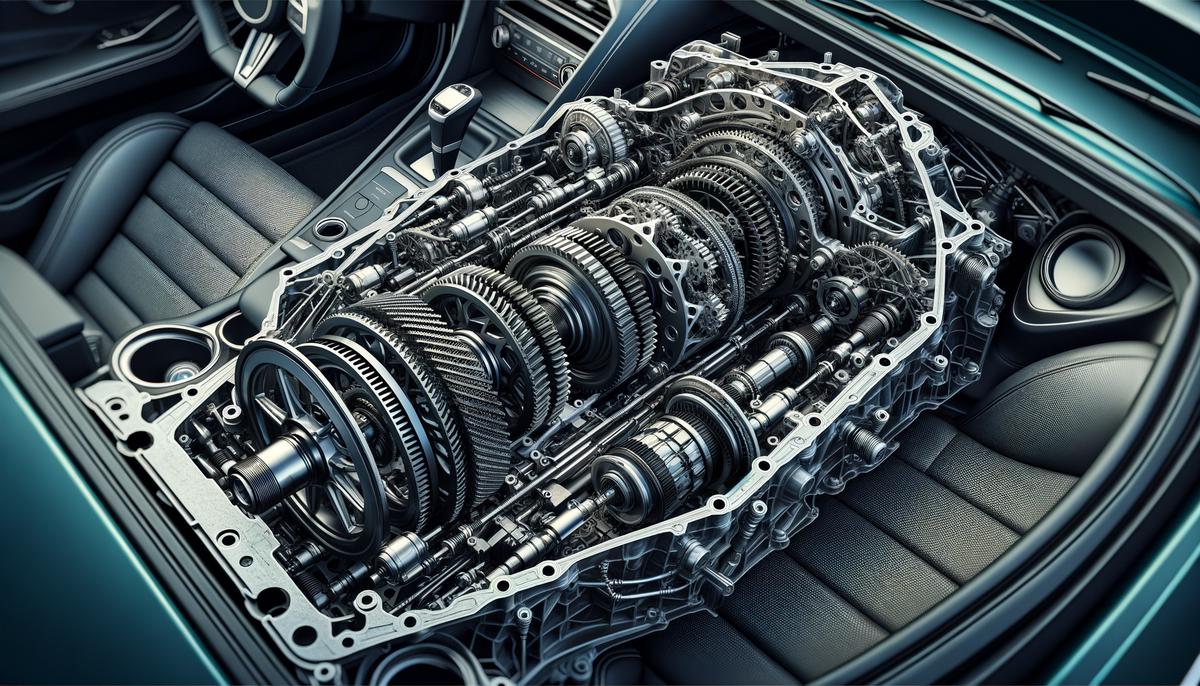
Engine Performance
As crucial as aerodynamics and weight are to a vehicle's top speed, the engine's core attributes—horsepower, torque, and the number and arrangement of cylinders—still play a significant role. These elements not only define the power and energy of a vehicle but also dictate its ability to accelerate and reach impressive speeds.
Horsepower and torque might seem similar, but they have distinct characteristics. While horsepower represents the total power output of the engine over time, torque measures the immediate twisting force available at the crankshaft, crucial for getting the vehicle moving and overcoming resistance. At higher speeds, it's horsepower that keeps the vehicle moving forward.
The number of cylinders in an engine often correlates with more horsepower and torque. Generally, more cylinders mean more power but also require more space and fuel. Engine configurations vary—inline, V-shaped, flat—all influencing the car's balance and stability. A V6 might provide a sports coupe with smooth, robust power, while an inline-4 could offer compact efficiency with a moderate thrust.
Turbocharging and supercharging are mechanical methods of forcing more air into each cylinder's combustion process, increasing power output without increasing engine size. Turbochargers use exhaust gases to spin a turbine and draw more air into the cylinders. They are particularly effective when air is abundant—ideal for highway driving or spirited acceleration—sometimes noted by a "turbo lag" followed by a surge of power.
Superchargers, on the other hand, offer a different type of enhancement, driven directly by the engine's belt, thus eliminating lag and providing immediate response but at the cost of greater mechanical complexity and engine load. These forced induction methods not only maximize power from smaller engines but also balance performance with fuel efficiency in an increasingly environmentally conscious world.
Combined with advancements in control systems, such as Variable Valve Timing and direct fuel injection, manufacturers can precisely shape the power curve. These advancements allow for strong bursts of acceleration provided by high torque while also achieving impressive horsepower at high revolutions.
Every aspect of this intricate relationship between high-speed performance and technological prowess continuously enhances engine capabilities, pushing automobiles to higher speed thresholds. As these technological marvels evolve, the potential for high-speed travel expands while also adapting to changing goals and environmental considerations.
Traction and Tire Grip
Proper traction and tire grip are fundamental elements in the discussion of vehicle speed and control. As much as horsepower and aerodynamics contribute to speed, it's the tires and the suspension system that ensure this power effectively connects to the road.
Tires, the only parts of the vehicle that touch the ground, act as critical transmitters of all the forces generated by the car's engine and are subject to significant stresses, especially at high speeds. Advanced tire designs use specialized rubber compounds and adherent tread patterns to enhance grip and minimize slippage. This grip is crucial when accelerating, braking, or maneuvering, particularly under high-speed conditions where effective grip translates into effective speed and control.
Just as gripping power is essential, so is the design of the suspension system, which significantly influences a vehicle's performance attributes. The suspension system's primary role is to provide a smooth ride, but it also plays a vital role in vehicle dynamics by managing how the wheels interact with the road, thus influencing how tire forces are transmitted to the surface. Advanced suspension systems maintain precise wheel orientations, manage varying loads, and keep tires optimally angled with the surface during turns, ensuring even tire wear and maximized traction during vehicle maneuvers.
As vehicle speeds increase, the reliance on systems such as Electronic Stability Control (ESC) becomes more pronounced. This advanced feature assists in automatically detecting and reducing loss of traction (slip). It actively intervenes when a driver loses control of the car, strategically applying brakes to individual wheels to help "steer" the vehicle in the intended direction. ESC systems integrate sensors that monitor wheel speed, steering angle, and lateral forces to comprehensively assess vehicle motion in relation to driver inputs.
At the core of this high-speed balance is not just the technology but its implementation. Integrating ESC, sophisticated tire design, and dynamic suspension systems creates a synergy that elevates both the performance and safety of high-speed travel. When a car moves at high speeds, these systems work invisibly yet indispensably to keep it connected to the road, making precise adjustments in microseconds to counter any potential loss of control.
The finesse with which every component interacts defines both the safety and excitement of high-speed driving. Just as a skilled conductor ensures harmonious orchestration of an ensemble, car makers tune these complex interactions between traction, tire grip, and dynamic stability systems to achieve not just maximum speed but maximum control, turning high speeds from daunting experiences into thrilling ones. Thus, when discussing car speeds and their limits, it becomes important to consider these elements that subtly yet significantly dictate ultimate vehicle performance and safety.
- Katz J. Race Car Aerodynamics: Designing for Speed. Cambridge, MA: Bentley Publishers; 1995.
- Garrett TK, Newton K, Steeds W. The Motor Vehicle. 13th ed. Woburn, MA: Butterworth-Heinemann; 2001.
- Gillespie TD. Fundamentals of Vehicle Dynamics. Warrendale, PA: Society of Automotive Engineers; 1992.
- Heisler H. Advanced Vehicle Technology. 2nd ed. Woburn, MA: Butterworth-Heinemann; 2002.
- Pacejka HB. Tire and Vehicle Dynamics. 3rd ed. Oxford, UK: Butterworth-Heinemann; 2012.
